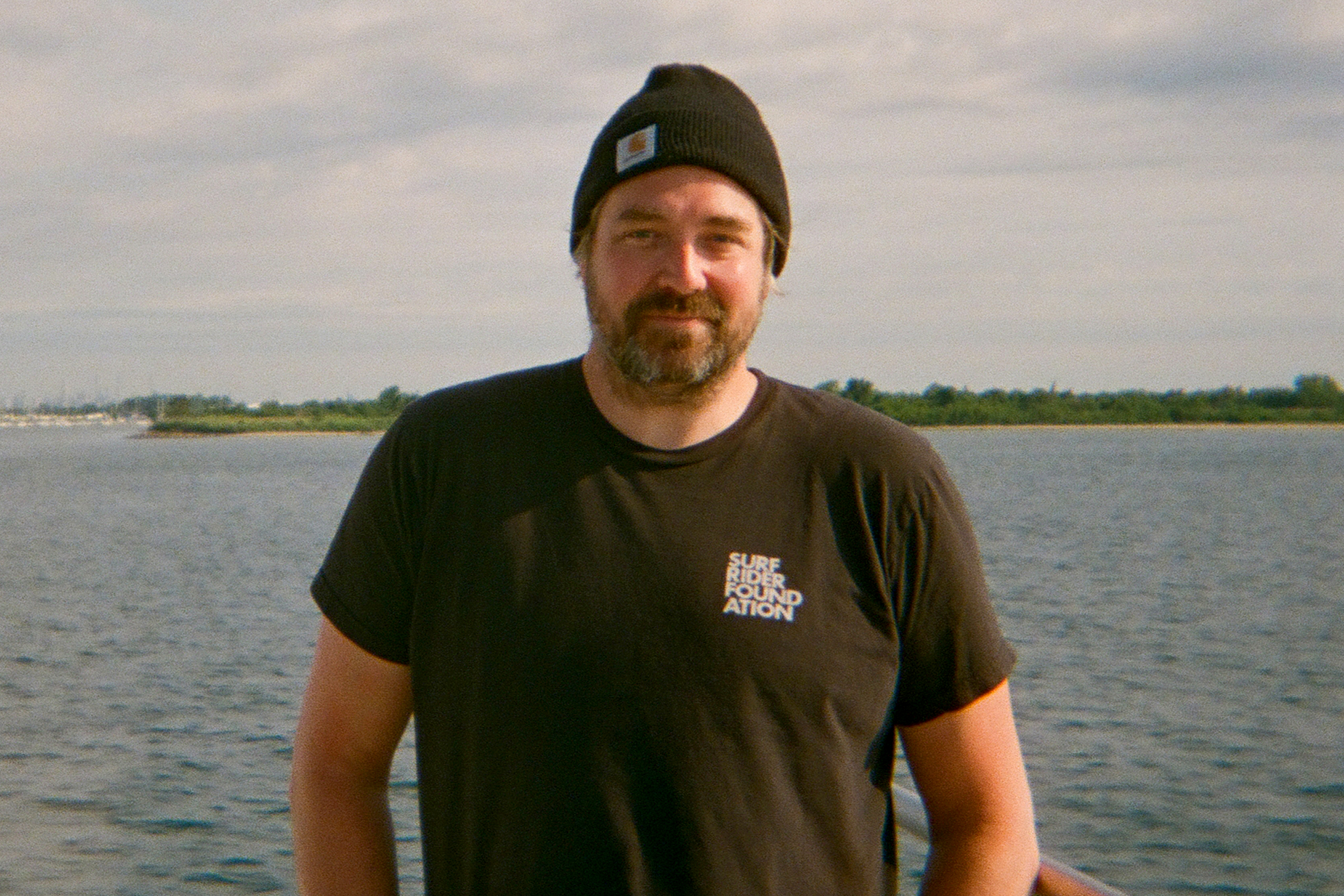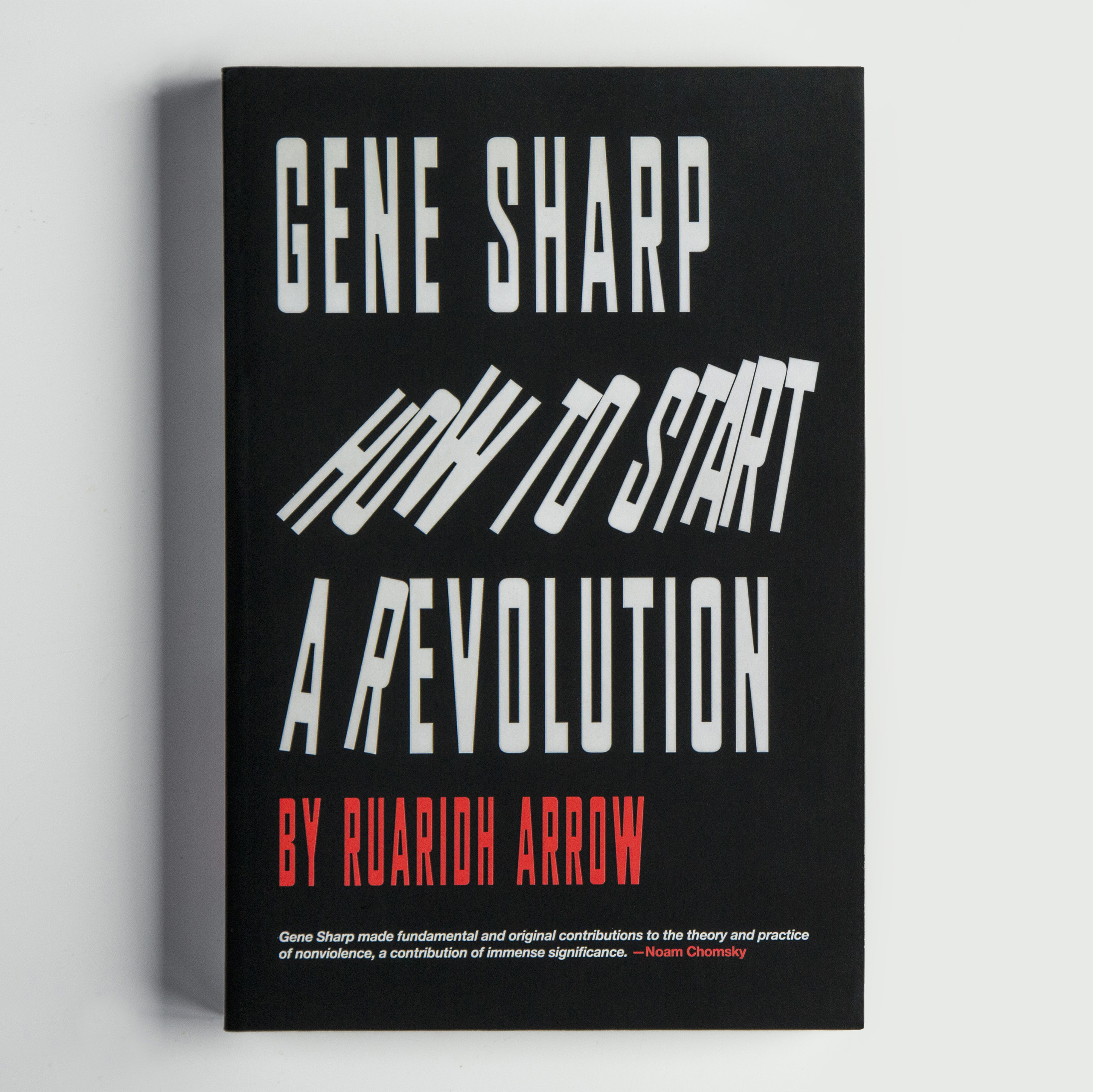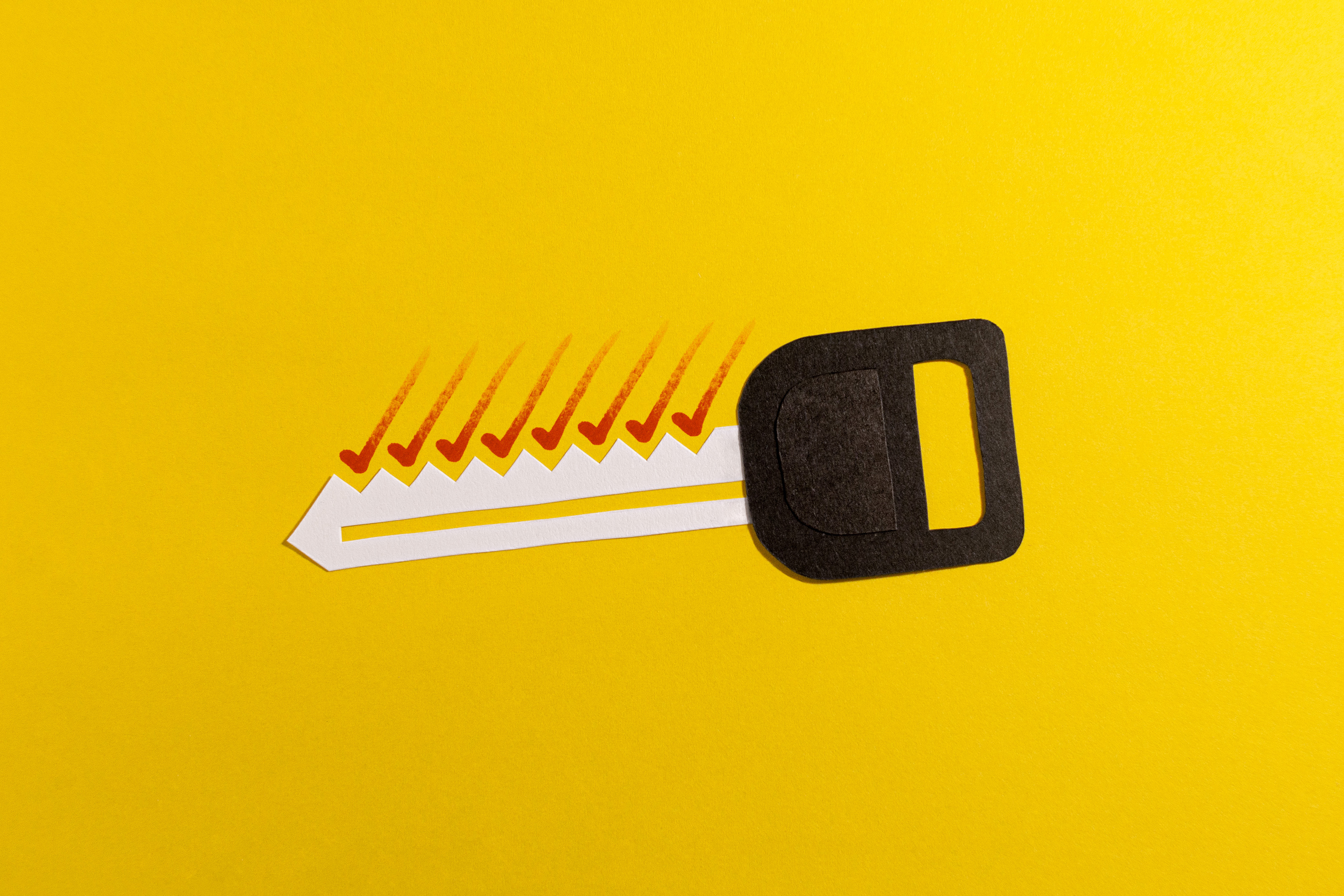
Illustrations by John Custer
12.02.22
8 Keys to a Successful Sprint: Teamwork at 240mph
Working with the Google Creative Lab on over 500 projects we’ve honed a process that we call creative sprinting.
I was born in a NASCAR town in Southern Virginia. I remember hearing the roar of the engines echo through the woods behind my house. I dated a racecar driver’s daughter – but that’s a whole ‘nother story. The thing I want to talk about here is speed, teamwork, and efficiency.
The driver, the crew, and the car are a magnificent orchestra of actions and reactions. To call it a well-oiled machine might be picking low fruit on the metaphor tree – but hell, this whole thing is. Moving fast can be unpredictable and there’s a lot a creative team can learn from a pit crew.
Over the past 10 years, we’ve partnered on hundreds of creative sprints with forward-looking brands and innovation teams. We’ve created new identity systems, launched campaigns, defined brand positioning… really, anything is possible with this process.
These sprints cover an incredible amount of ground in a super short timeline. We’ve learned how to work fast and not to trip up on the details until we all see the big picture. We open our minds and allow ourselves to stretch the definition of what is possible. We go to the finish line and visualize what that looks like, what that sounds like, what that feels like – then we make it.
Sometimes things shift and we all end up in the wall. Man, it happens… but thankfully we’ve done this enough times to anticipate the turns. Together, we’ll keep things on track and go fast as hell toward that checkered flag.
Here’s a few helpful tips about creative sprinting that we share with our new partners and clients. I figure we’d slingshot this advice out to more people and maybe we’ll end up with some better drivers out there on the road. Certainly couldn’t hurt. Most days, my commute to work in Brooklyn is more like running with the bulls.
1
.
Establish a Key Decision Maker
2
.
Leverage the Client’s Strengths
3
.
Develop a Coordinated Rhythm
4
.
Protect Forward Momentum
5
.
Expect Ambiguity & Surprise
6
.
Please, Bring Your Imagination
7
.
Remain Focused & Organized
8
.
Become Better Friends
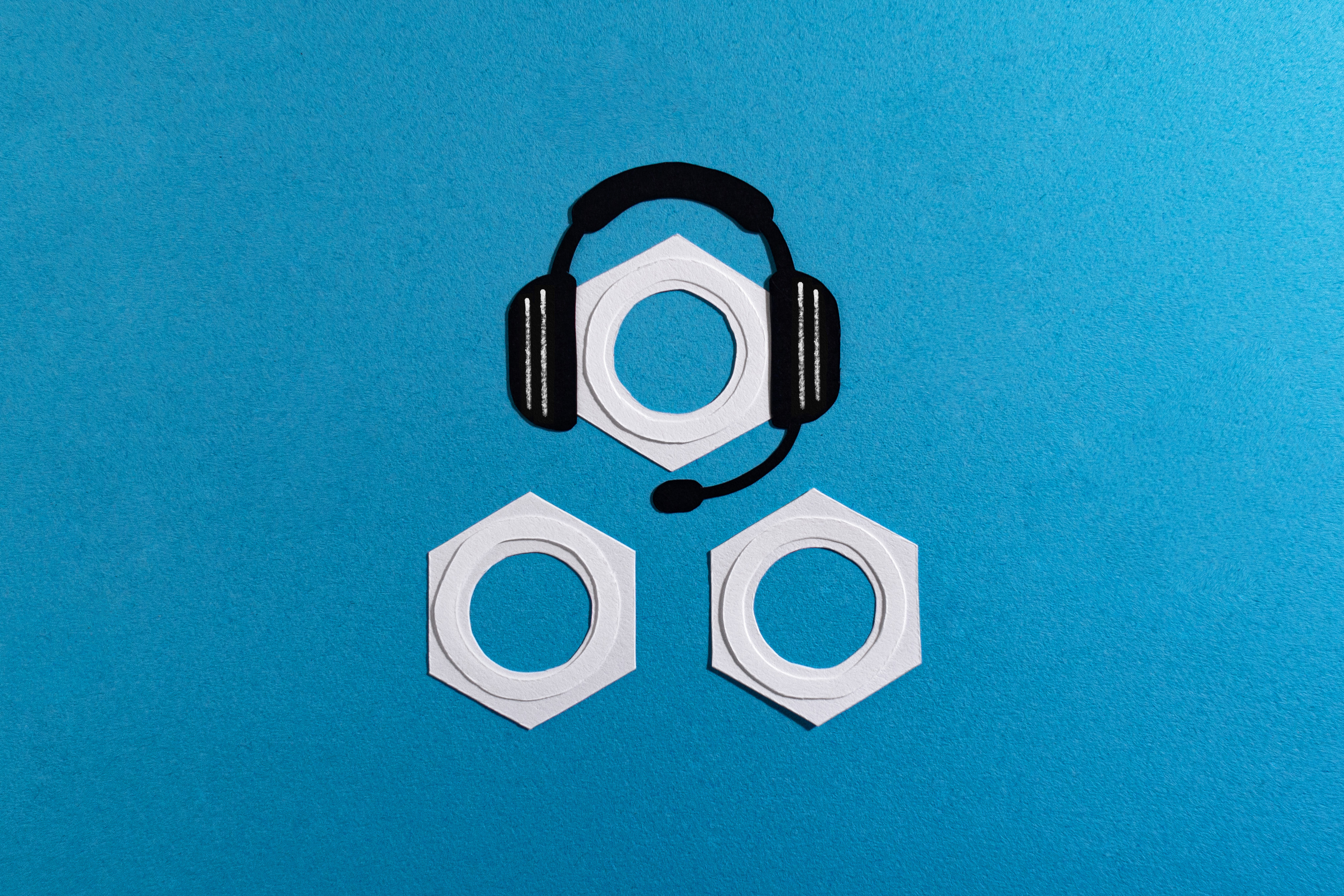
Establish a Key Decision Maker
This is the person on the client’s side with the headset and the clipboard. They have the big picture in mind and can see things from multiple angles. Access to this person is crucial.
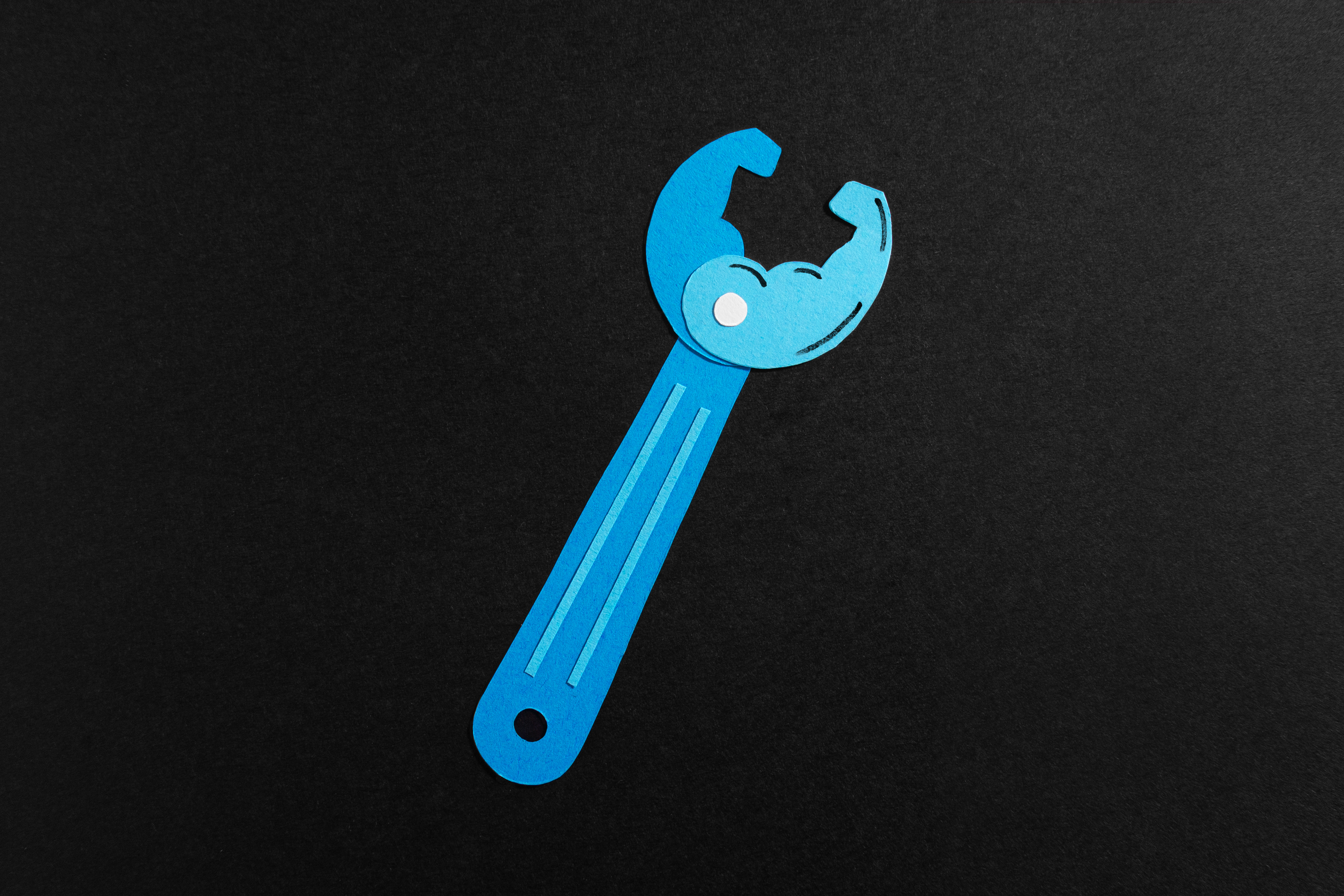
Leverage the Client’s Strengths
Each partner will come to a project with a unique set of skills. It’s our job to identify what those skills are and then support and inspire them to use them. Could be anything – from strategy to a sense of humor.

Develop a Coordinated Rhythm
We’ve already established that the tempo is fast, but cadence is just as important. Two teams work as one in short percussive bursts. It’s an educational journey in efficiency and directness.

Protect Forward Momentum
We set the timeline tight for a reason: to not waste time. Constant communication and transparent collaboration keep us all on track. Doing doughnuts in the parking lot is the enemy of progress and we avoid circling at all costs.
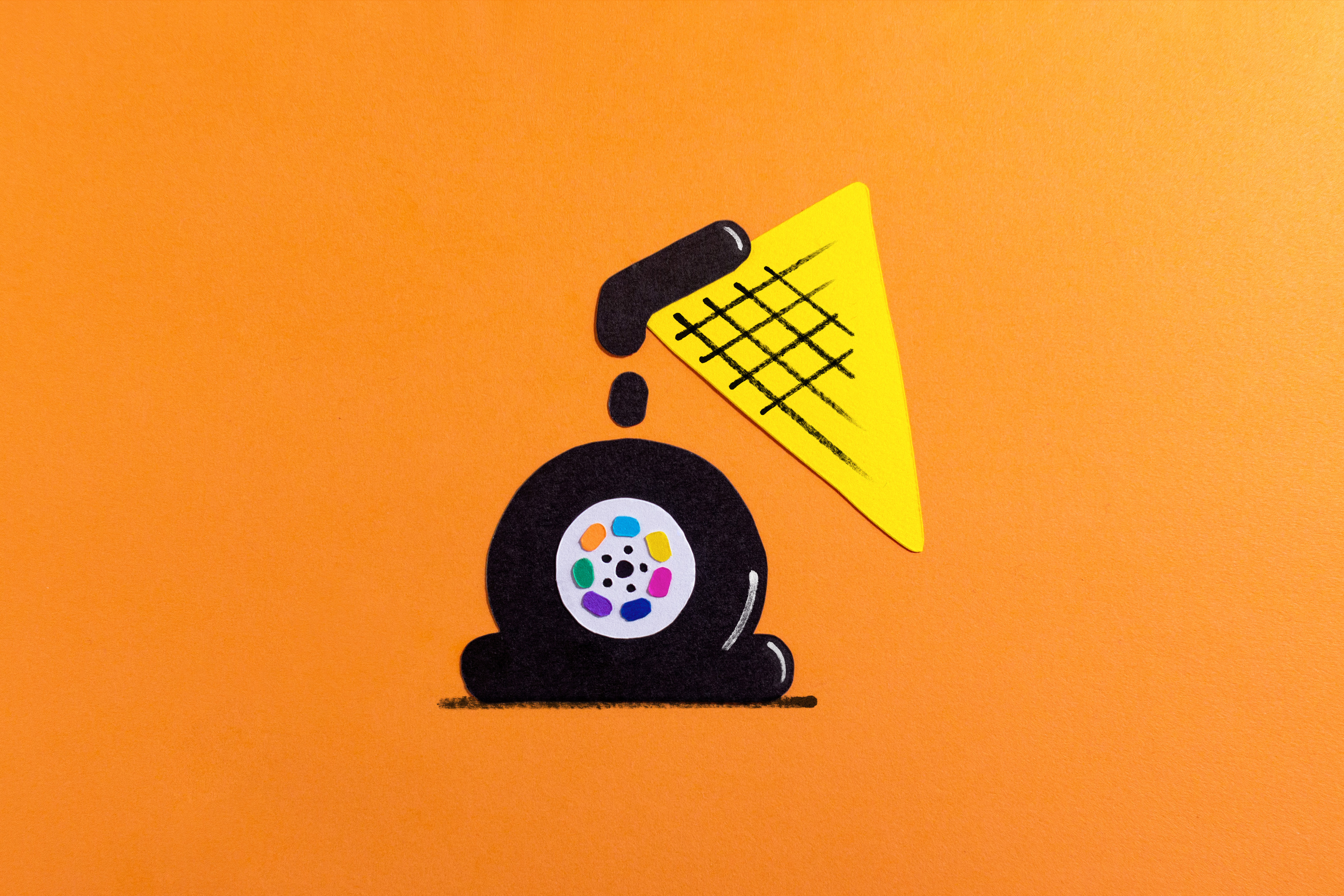
Expect Ambiguity & Surprise
The only certain thing is that nothing is for certain. We may end up in an entirely different creative place than we planned. The important thing is to embrace it.
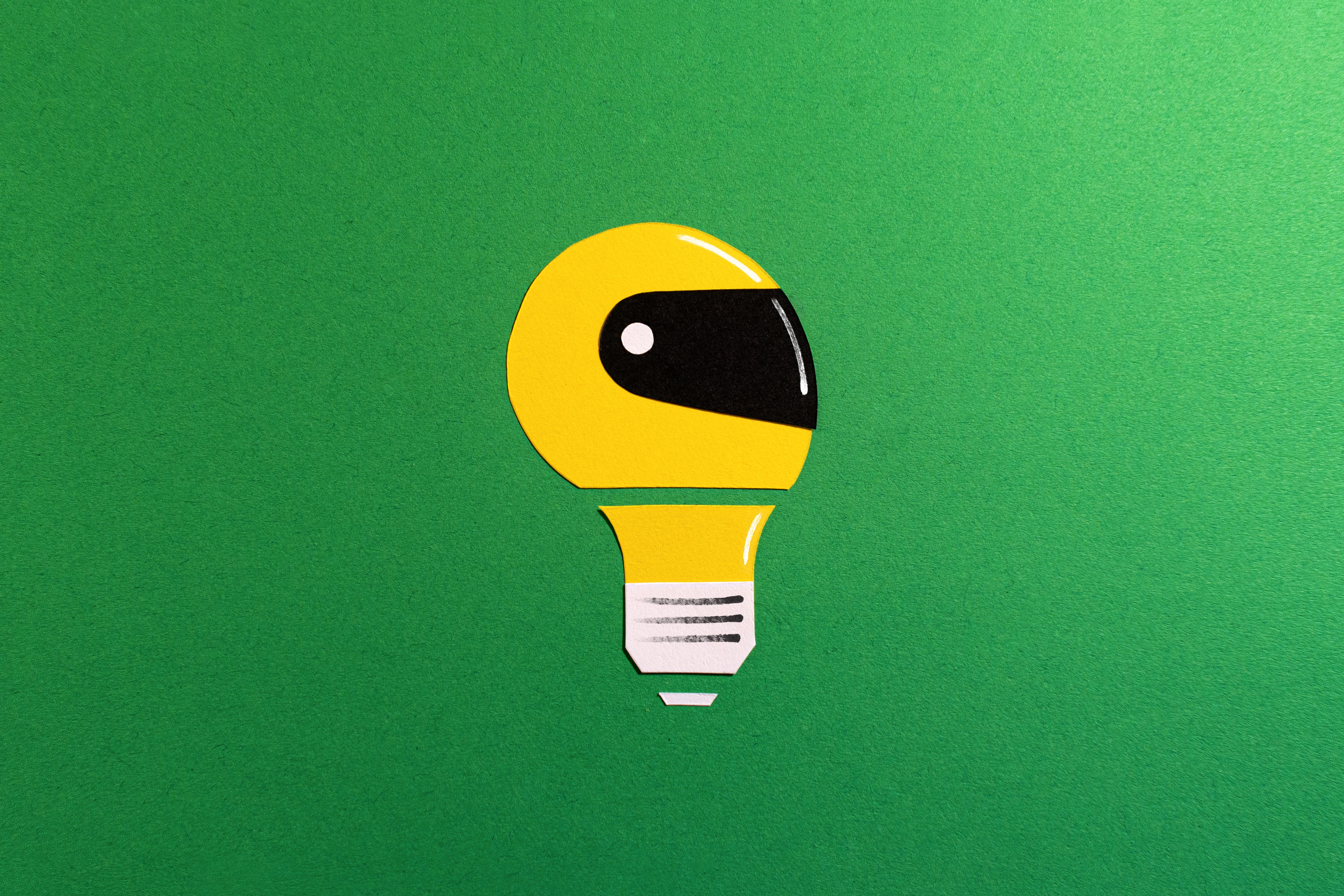
Please, Bring Your Imagination
First, we rally around an insight. Second, we use our imaginations to make it memorable. That is the best part of this process; to find the spark, the magic.
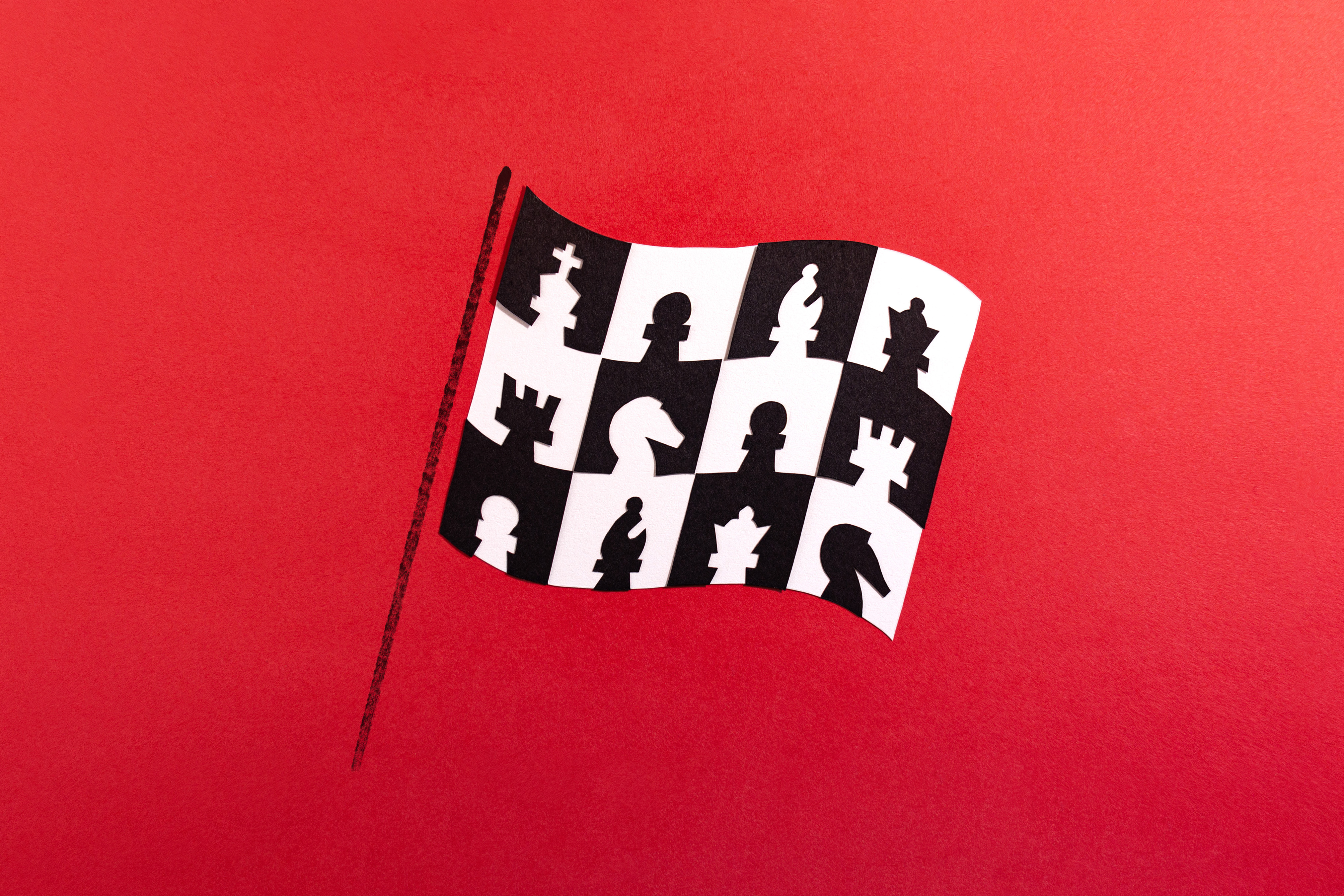
Remain Focused & Organized
Traveling at high speeds requires constant calibration and adjustment. The producer on our side is in charge of keeping us all off the wall.

Become Better Friends
This process is a true test of agility and endurance. It’s also a lot of fun! We usually come out of the other side with new friends and a shared victory.
